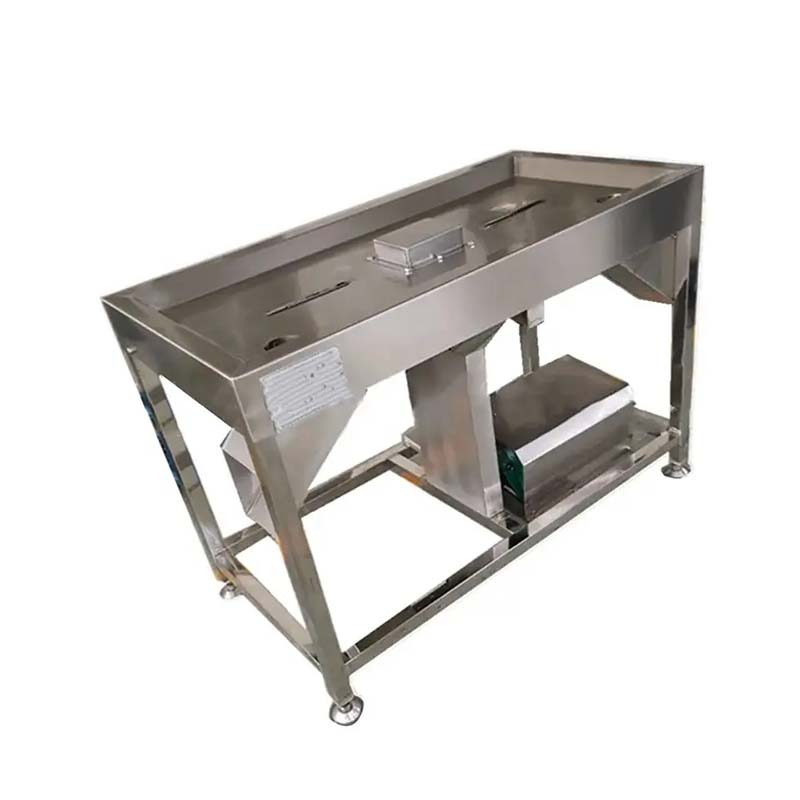Effective Evaporative Cooling Pads for Enhancing Greenhouse Climate Control and Plant Growth
Nov . 04, 2024 13:41 Back to list
Effective Evaporative Cooling Pads for Enhancing Greenhouse Climate Control and Plant Growth
Evaporative Cooling Pads for Greenhouses Enhancing Climate Control
In the realm of modern agriculture, maintaining an optimal climate within greenhouses is pivotal for cultivating healthy plants and maximizing yield. Among the various climate control methods available, evaporative cooling pads have emerged as an effective solution. These innovative devices play a crucial role in regulating temperature and humidity levels within greenhouses, ensuring that plants thrive in a conducive environment.
Understanding Evaporative Cooling
Evaporative cooling utilizes the natural process of water evaporation to reduce air temperature. When water evaporates, it absorbs heat from the surrounding environment, resulting in cooler air. This principle is harnessed in evaporative cooling pads, which consist of a porous medium that allows water to flow through while enabling air to pass over it. As air moves across the wet pads, it loses heat through the evaporation of water, leading to a significant drop in temperature.
Advantages of Evaporative Cooling Pads
1. Energy Efficiency One of the most significant benefits of evaporative cooling pads is their energy efficiency. Unlike traditional mechanical air conditioning systems that consume large amounts of electricity, evaporative cooling pads utilize a passive cooling mechanism that requires minimal energy. This makes them an economically viable choice for greenhouse operations, reducing overall energy costs.
2. Improved Humidity Control Maintaining the right humidity levels is essential for plant health. Evaporative cooling pads help to increase humidity within the greenhouse, creating an ideal microclimate for crops. This is particularly beneficial in dry or arid regions where maintaining humidity can be challenging.
3. Enhanced Plant Growth The improved temperature and humidity control provided by evaporative cooling pads directly contribute to better plant growth. With optimal conditions, plants exhibit increased photosynthesis rates, leading to higher productivity and improved quality of produce.
4. Sustainability In an era where sustainability is a priority, evaporative cooling pads are an eco-friendly alternative to conventional cooling systems. They rely on water, a renewable resource, and significantly reduce the carbon footprint associated with greenhouse operations.
Choosing the Right Evaporative Cooling Pads
Selecting the right evaporative cooling pads is crucial for maximizing their effectiveness
. Key factors to consider includeevaporative cooling pad for greenhouse

- Material Cooling pads are typically made from cellulose, aspen, or synthetic materials. Each has its advantages; for instance, cellulose pads are known for their high heat exchange efficiency, while synthetic pads offer durability and ease of maintenance.
- Thickness The thickness of the cooling pad affects its cooling efficiency. Thicker pads generally provide better cooling but may require more water and maintenance.
- Size and Configuration The size and configuration of the cooling pads should align with the specific dimensions of the greenhouse. Proper installation is essential to ensure optimal airflow and cooling performance.
Maintenance of Evaporative Cooling Pads
For evaporative cooling pads to function efficiently over time, regular maintenance is necessary. This includes
- Cleaning Dust and mineral deposits can accumulate on the pads, hindering their cooling efficiency. Regular cleaning helps maintain airflow and prevents blockage.
- Water Quality Management Using clean water for the cooling system is vital. Hard water with high mineral content can clog the pads, reducing their effectiveness. Implementing water treatment solutions can mitigate this issue.
- Periodic Replacement Over time, the material of cooling pads may deteriorate. Regular inspection and timely replacement are necessary to ensure continued performance.
Conclusion
Evaporative cooling pads have revolutionized the way greenhouse growers manage climate control. Their energy efficiency, ability to enhance humidity, and support for optimal plant growth make them an indispensable tool in modern agriculture. As the demand for sustainable farming practices increases, integrating evaporative cooling systems into greenhouse design will become even more crucial. By selecting the right materials, maintaining them properly, and understanding their benefits, greenhouse operators can create the ideal environment for their crops while contributing to a more sustainable agricultural future.
-
Hot Sale 24 & 18 Door Rabbit Cages - Premium Breeding Solutions
NewsJul.25,2025
-
Automatic Feeding Line System Pan Feeder Nipple Drinker - Anping County Yize Metal Products Co., Ltd.
NewsJul.21,2025
-
Automatic Feeding Line System Pan Feeder Nipple Drinker - Anping County Yize Metal Products Co., Ltd.
NewsJul.21,2025
-
Automatic Feeding Line System - Anping Yize | Precision & Nipple
NewsJul.21,2025
-
Automatic Feeding Line System - Anping Yize | Precision & Nipple
NewsJul.21,2025
-
Automatic Feeding Line System-Anping County Yize Metal Products Co., Ltd.|Efficient Feed Distribution&Customized Animal Farming Solutions
NewsJul.21,2025






